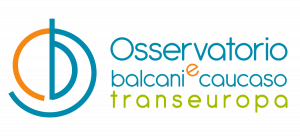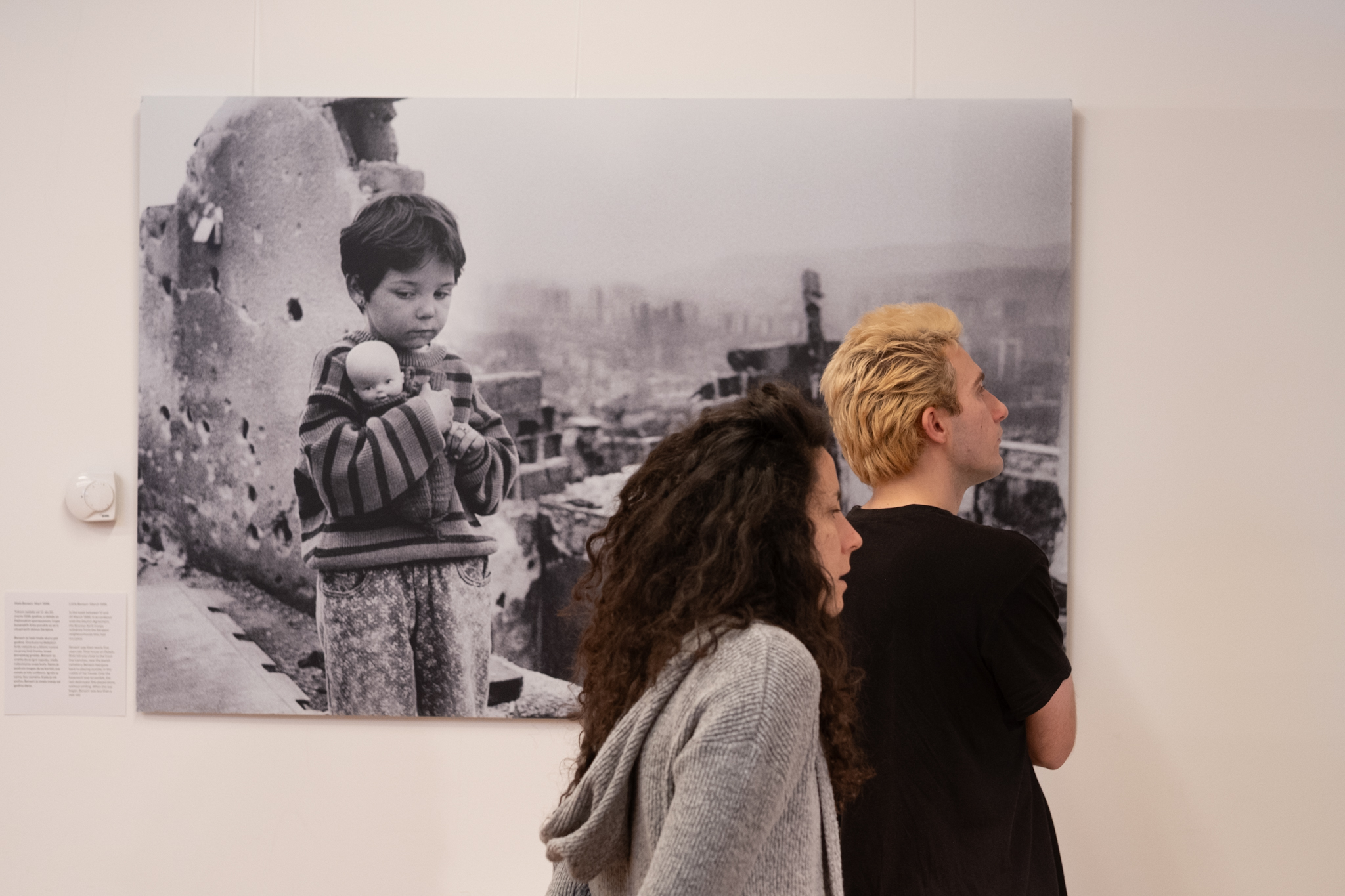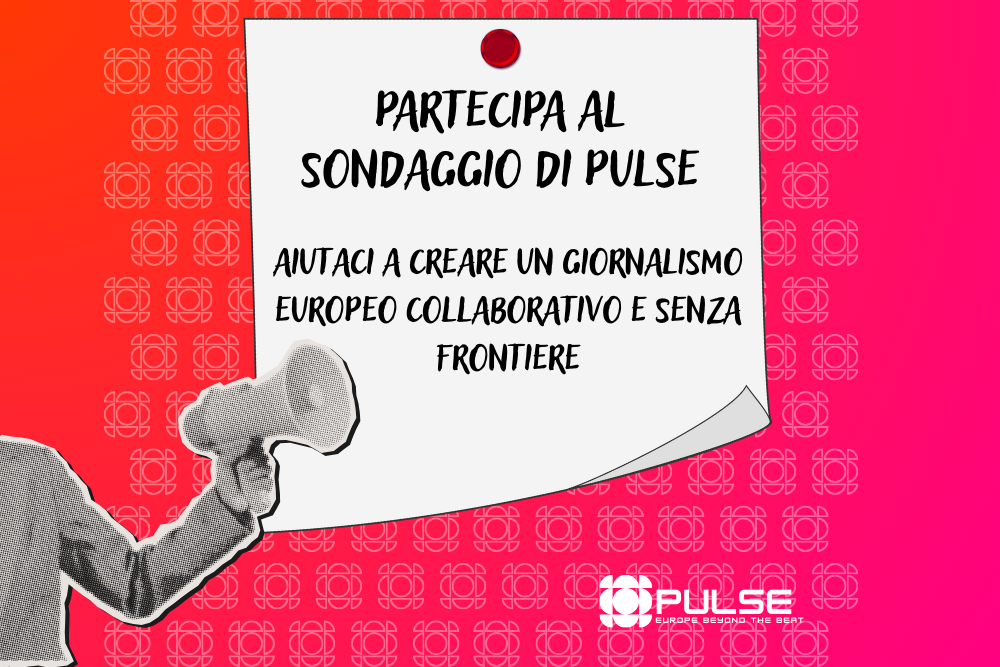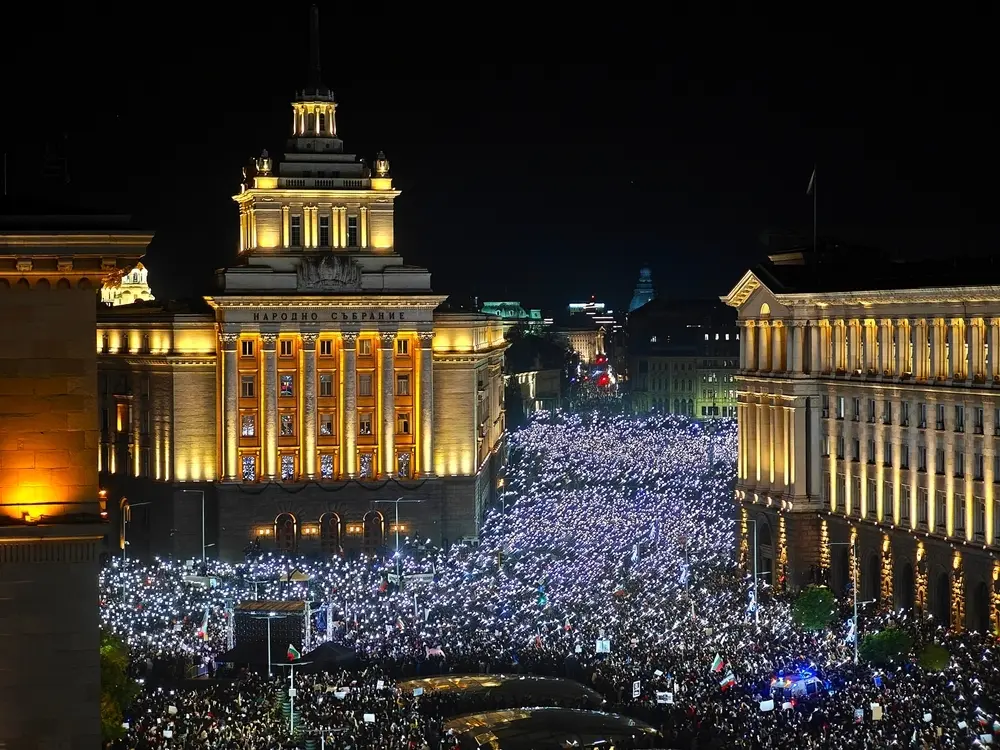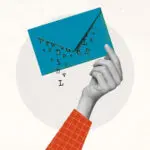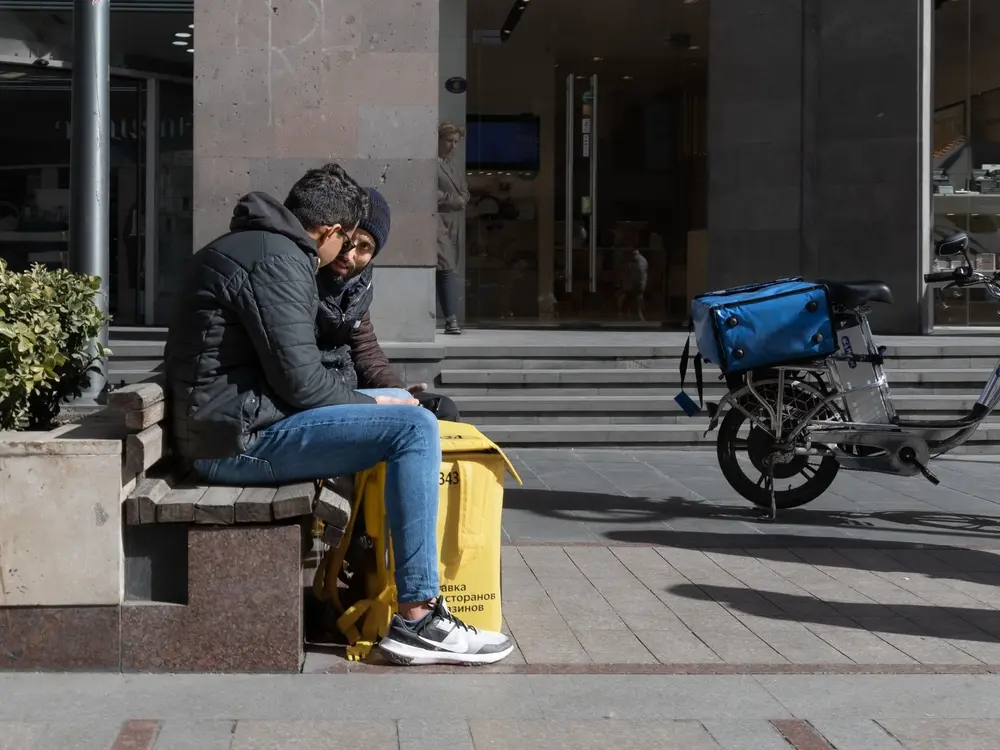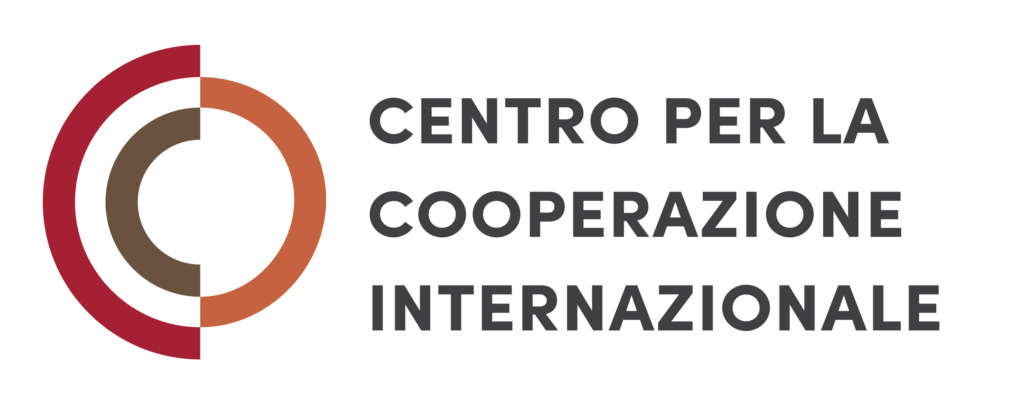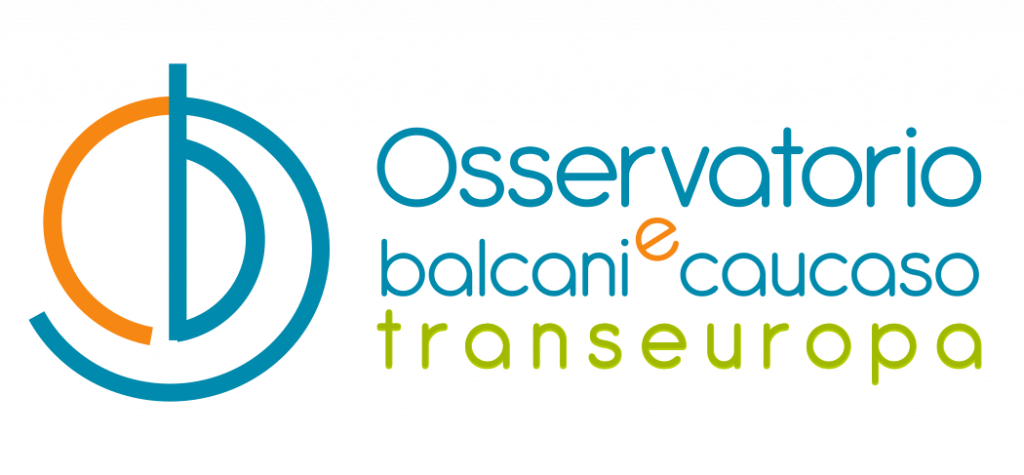Serbia: dopo cinquanta anni la religione torna a scuola
Tra mille polemiche, dopo circa mezzo secolo, l’insegnamento della religione ha fatto la sua comparsa nelle scuole della Serbia.
On Thursday, November 2, 2001, after more than a 50 year pause, the return of the subject religious education back in schools was formally announced by the first lesson open to the public held in the primary school "Kralj Petar Prvi" (King Petar I) in Belgrade. The preparations for this to be implemented were, however, clumsy and done in a shorter period of time than was expected. Hence, there were a lot of objections coming on the account of the new authorities, but it also must be said that none of the sides, neither the one for, nor the other against this subject were eventually completely satisfied. The children in the first classes of the primary and the first classes of the secondary schools had the right to choose between three options: a subject on religion, the alternative subject on civil society, or not to choose any of the two subjects offered. The objections coming from the side against the teaching of religion being brought back into the schools were often full of complaints that people in Serbia need more time to learn first about democracy and tolerance in order to become ready for subjects of that kind. Meanwhile, the churches, among which the loudest was the Serbian Orthodox Church (SPC), the largest religious community in Serbia, were complaining about the presence of fierce propaganda against the subject of religion. One of the officials of the Serbian Orthodox Church in the town of Leskovac, after finding out about the number of children who applied for the subject on religion in the county of Jablanica commented on it as a catastrophe. Approximately at the same time his colleague, the bishop Irinej Bulovic, stated that the systematic obstruction of religious education being put back in public schools is dominant. Just after the preliminary results of the number of children applying for any of the three options that were proposed, the Minister of the Education and Sport, Gaso Knezevic said that the results were excellent.
How it all started
After the fall of Slobodan Milosevic, the church representatives (Serbian Orthodox Church, SPC representatives) gave the following demands to the new authorities: First one was to put religious education back in the schools as an obligatory subject for all. The second demand was that the Faculty of Orthodox Theology had to become a member of the association of Belgrade faculties again, i.e. University of Belgrade. The last one was that the property nationalized by the previous communist regimes (during the last half of the century) had to be given back to the Church as the real owner. The previous regime was also asked by the church to fulfil the three obligations towards the church, however there was no response. The new authority (from October 5, 2000 onwards) has since fulfilled the first demand relating to religious education.
As already mentioned, during the implementation of the government act on putting religion back in schools, there were two points of view, perceiving facts related to this matter in a different way the whole time. The number of children wanting to enrol in the class on religion (or the alternative one) was not as big as it was expected. For instance, in Belgrade only 20% of high school children choose to enrol in one of the proposed subjects. However, for a class to be offered, there needs to be a little more than 10 students, and therefore the majority of schools could form only one class. In Belgrade, for instance, as a result of these statistics it was not even possible to form one class. However, it was interesting to compare the secondary school percentage with those of the primary schools. Around 40% chose education on religion, around one fifth chose the alternative subject, and 10% of them wanted to study both. This, of course, shows that the parents are actually much more ambitious and ready for the experiment than the youngsters (pupils in the first classes of high schools).
One of the consequences of the subject being implemented over night was the problem of the textbooks not being prepared on time. In August, especially, as the first day of school was approaching, there were a lot of articles in the media about the omission. (Reporter, August 15, 2001). It was not before the very end of November 2001, that the textbook, however only one for the orthodox religious education (catechism), and only for the first classes of primary and not for secondary schools, was published. The edition consisted of the printing of 20 000 of the textbook on catechism. In late November the new statistics showed that out of 30 000 pupils, both from the first classes of primary and secondary schools, around 11 000 of them started attending the subject on the orthodox religion. (Danas, November 26). Still there are neither textbooks on catechism for secondary schools, nor textbooks for the religious education of pupils belonging to the other religious communities. The textbook for Catholic and Muslim (‘ilmu ed- dini) religious subjects are being prepared, while the Jewish community will not have its textbook before the next year.
The current situation
There are actually seven religious communities in Serbia, that the Serbian Orthodox Church (SPC) finds as being traditional. These are:
1.Orthodox
2.Muslim
3.Catholic
4.Jewish
5.Slovakian
6.Reformatory
7.Evangelistic community
(Some journalists, like V. Tasic from the weekly Reporter ask themselves: "And what about the little Adventists and Baptists". The ones mentioned will hold its lessons in schools in Serbia. Due to the fact that the number of members of the communities other then Orthodox are smaller than the number of pupils attending Orthodox catechism it is presumed that the lessons will be organized in a way that all the pupils will gather in a single course during the week.
There are still many questions left unsolved, including the question of the constitutionality of the Government Act by which the subject on religion was put back in schools in Serbia. The impressions are that parents and also teachers and professors are in a way dissatisfied. First of all they complain about the lack of time for everything to be sorted out in a proper way, saying that it is not possible to find enough information needed, and that there is still no textbook. However, some SPC church officials also find the number of pupils registered to attend religious education to be orchestrated by a number of non- governmental organizations, and that anything the church says will in the end be as some politician wants.
According to the Ministry of Education and Sport statistics, around 30% of parents whose children are in the first class of primary school decided not to choose any of the subjects offered. One third of the parents decided that their children will learn about religion, while 20% chose the alternative subject on civil education, and 10% wanted both of the subjects for their children. In the high schools almost 67% of pupils decided not to choose any of the subjects, 15% chose the subject on religion, 10% the alternative subject, while only 3% chose to attend both. In Subotica, where there is a large Catholic population, the number of children who chose to attend the subject on religion was much smaller than expected, and polls were repeated. In Kovacica, the Slovak population decided not to organize lessons in religious education, as children attend lessons in their churches. In the Belgrade- Karlovac Eparchy, in the province of Serbia, catechism will be taught by church officials wearing religious vestments, while Islam will be taught by teachers wearing civilian clothing.
Two schools in Belgrade can be used as an example. In the Primary School "Drinka Pavlovic", out of 116 pupils attending the first class, 51 of them enrolled in the subject on religion, 28 the alternative subject, while 9 study both. In the Philology Secondary School (Filoloska gimnazija) there are 180 pupils in the first grade. 10 of them have chosen subject on civil education, 71 the subject on religion, while none have chosen to attend both.
Will it affect the future generations and how?
It still cannot be said how much and in what way the new subject(s) will affect Serbian society. It will not be known before at least the first generation finishes the first year. One thing is obvious, that the dispute, without true consensus and agreement in the society related to this topic might affect the children. And this is all due to the rapidity of the decision being implemented. The principal of the University of Arts in Belgrade, Milena Dragicevic Sesic finds that the new subject on religion will directly initiate division among the children between believers and non-believers. Gordana Cirjanic, one of the columnists of the weekly Reporter, points out another thing in her article about her anxiousness for how her twelve years old daughter will develop in an atmosphere where no one respects anyone. The Church speaks about science as being dangerous and nonsense, while some professors criticize the church whenever they have a chance.
See also:
In evidenza
- Partecipa al sondaggio
